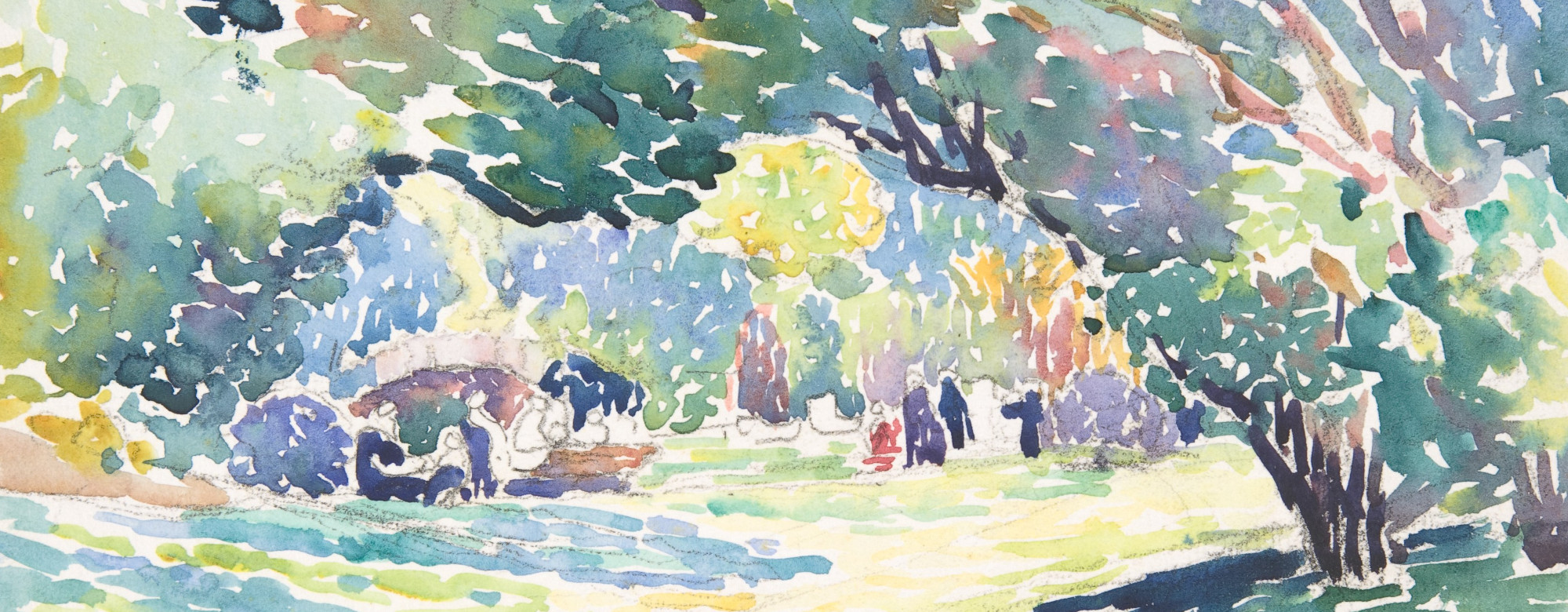This post by Lucie Guibault was first published on the Kluwer Copyright Blog and is reproduced here with kind permission of the author.
The Proposal for a Directive on certain permitted uses of orphan works, introduced in the European Parliament on 24 May 2011, has been following its merry way through the legislative meanders ever since. The debates around the text of the proposal are heating up right now, for the European Commission pushes for rapid adoption while stakeholders watch out against any measure possibly affecting their respective interests.
Already since the beginning of this year, the Danish Presidency has published two revised compromise proposals, one on 6 January and the second one on 10 February 2012. The last proposal was followed by a Presidency non-paper on a possible single database for orphan works for discussion at the Working Party on Intellectual Property (Copyright), held on 17 February 2012. The drafting suggestions made by the Belgian delegation have unfortunately not yet been made available.
The crux of the discussions revolves around the need under the Proposal for a directive for cultural heritage institutions to carry out a diligent search about the orphan status of a work and the extent of such an obligation. Cultural heritage institutions warn that the unhappy result of imposing such an obligation may be that large-scale digitization efforts will see no benefit, after the adoption of the Directive, over the situation they face now. The danger remains that the twentieth century will remain the unknown century for Europe’s children. Its culture will be inaccessible in digital format.
A realistic and practical approach about the kind of collection represented by orphan works is paramount. Examples are:
- Books discussing the chances of war, published 1910-1913
- Sound recordings of ordinary people, using ordinary speech, to illustrate regional dialects in Denmark
- Anonymous political pamphlets expressing dissident views under the Communist regime in Hungary
For each of these collections the commercial value of the rights is zero or nearly zero. Safeguards for rightholders of orphan works are required, but need to be proportionate to the kind of material in a collection.
A call has been made by cultural heritage institutions to the Council of Minsters’ working group for a more balanced and practical solution as follows:
- Diligent search, a valuable concept, must not necessarily apply to every work (including every embedded work), but must be proportionate to the collection being digitized
- Restrictions on commercial use must be sufficiently flexible to allow for commercial funding of digitization projects
- Requirements for recording diligent searches, and uses of orphan works, should not be over-specified in law
- If the use of an orphan work is permitted by the national licensing scheme of a Member State, the Directive should provide for the permission to extend to all Member States in that particular case. (Such a provision would not impose licensing solutions on all Member States. But it would avoid a fragmented Internal Market of mutually exclusive licensing arrangements.)
The Presidency non-paper of 14 February partly responds to these concerns by suggesting that a single database be set up following the ARROW model to convey information about which work is being used and by whom.
The question remains, however, whether the other concerns voiced by cultural heritage institutions regarding the extent and the cross-border validity of a diligent search will be addressed in the final text of the directive.
To be continued!
